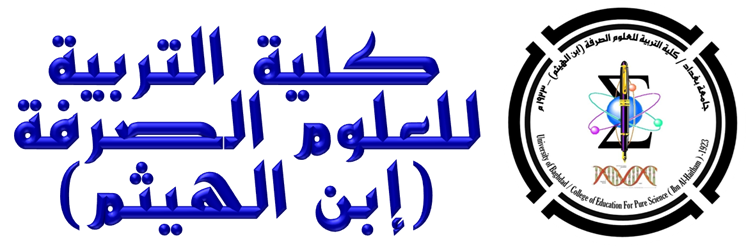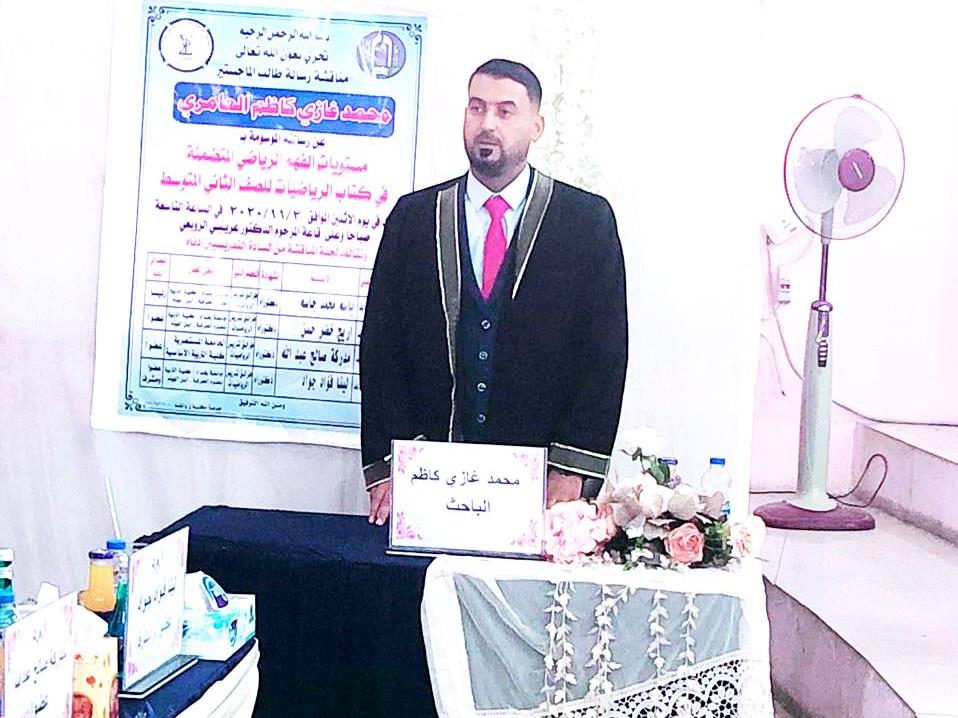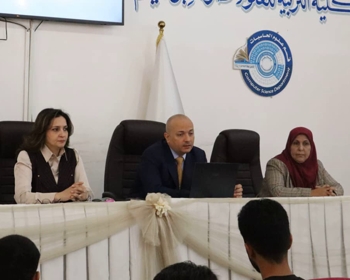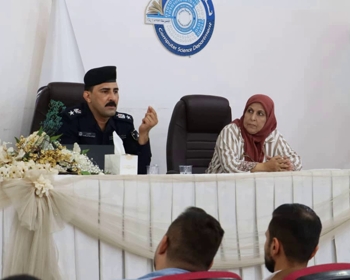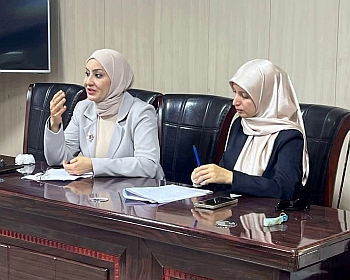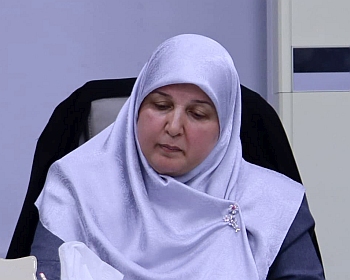ناقش قسم الرياضيات في كلية التربية للعوم الصرفة ( ابن الهيثم) رسالة الماجستير الموسومة (مستويات الفهم الرياضي المتضمنة في كتاب الرياضيات للصف الثاني المتوسط ) في تخصص طرائق تدريس الرياضيات ، للطالب ( محمد غازي كاظم ) التي انجزها تحت اشراف التدريسي في القسم ( أ.م.د. لينا فؤاد جواد ) ونوقشت من قبل لجنة المناقشة التي تألفت من الاعضاء المدرج اسمائهم فيما يأتي :
-
أ.م.د. باسم محمد جاسم ( رئيسا )
-
أ.م.د. مدركة صالح عبدالله ( عضوا )
-
أ.م.د. اريج خضر حسن ( عضوا )
-
أ.م.د. لينا فؤاد جواد ( عضوا ومشرفا )
ويهدف هذا البحث إلى الكشف عن تضمين مستويات الفهم الرياضي في محتوى كتاب الرياضيات للصف الثاني المتوسط للعام الدراسي (2020-2019) م, ولتحقيق هدف البحث, صاغ الباحث السؤالين التاليين:
-
ما مستويات الفهم الرياضي المتضمنة في كتاب الرياضيات للصف الثاني المتوسط ؟
-
ما مستويات الفهم الرياضي المتضمنة لكل فصل من فصول كتاب الرياضيات للصف الثاني المتوسط؟
